How to Choose a Good Hairbrush (2)
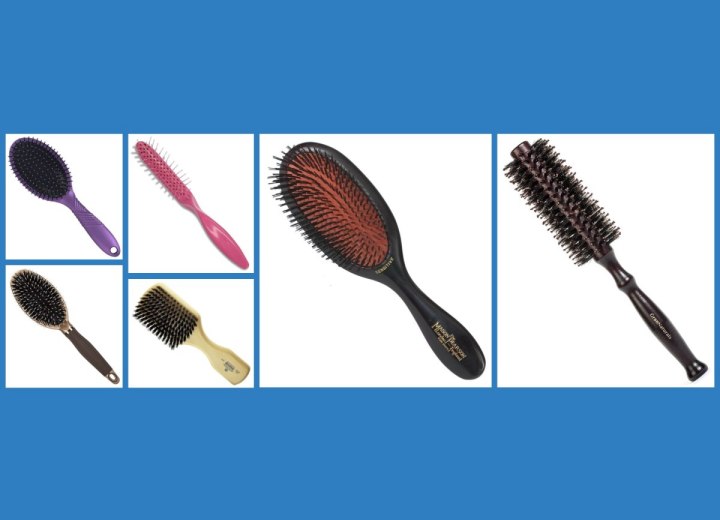
Previous page
Round Brushes – Round brushes are called such because they have tines or bristles around the circumference of the barrel of the brush. They are often used for styling with a blow-dryer in order to add a curve to the hair. Round brushes generally work best when they are kept in motion through the hair. The biggest mistake people make in using round brushes is treating them like rollers or traditional curling tools. Winding longer hair around the barrel of a round brush generally only leads to tangled hair and unpleasant results.
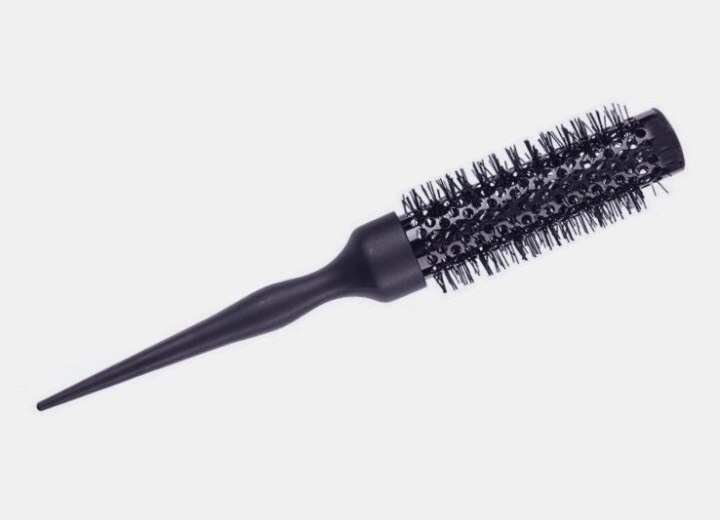
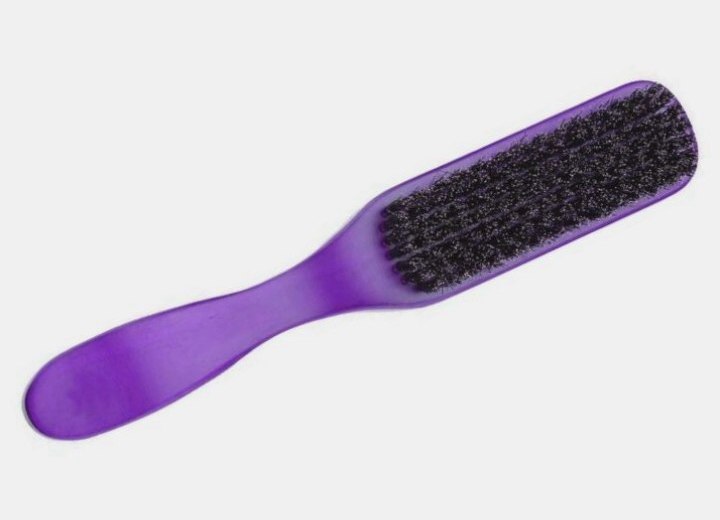
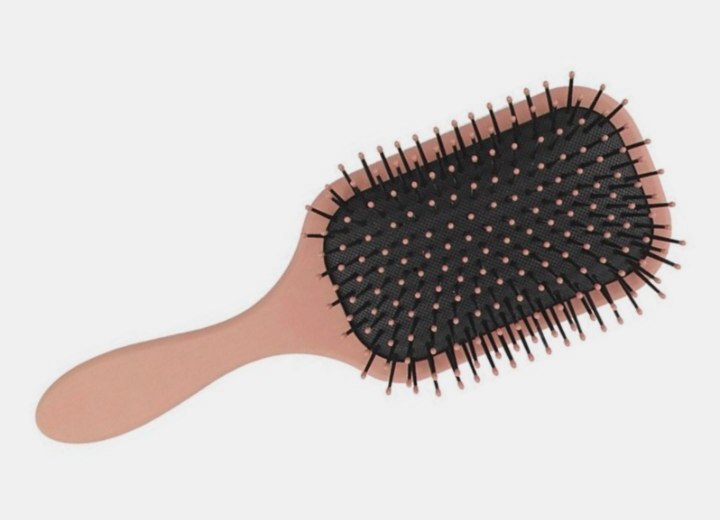
Tines versus Bristles
One thing that many people note but have no real understanding of is why some brushes have bristles while other have tines. As with the different shapes and types of brush bases, the use of tines or bristles denotes specific uses intended for the brush.
Bristles – Brush bristles can be made of natural fibers (generally boar's hair or the hair of another wiry-coated animal) that are sanitized and trimmed to create a uniform length. One of the biggest benefits of bristles in a brush is the ability to redistribute the natural oils in the scalp and hair, as well as lift and remove surface dirt from the hair. This helps to keep the hair healthy and shiny-looking. Bristle brushes are better suited to straight or lightly wavy hair, and they help to smooth the hair and provide a tangle-free style.
Some bristled brushes use synthetic bristles, which can serve the same purpose as natural fiber brushes, but offer firmer tension to the hair in cases where the texture makes it difficult to pass a traditional bristled brush through the hair.
Tines – Often when the hair is coarser in texture or wavier in movement, regular bristled brushes can't really redirect the hair the way it needs to be redirected to create a given style. Particularly with curlier hair types, tines are preferable to bristles because they allow the hair to be detangled without pulling out the curl or creating too much volume. In most cases, the thicker and curlier the hair is, the stiffer and more widely spaced the tines should be.
The reverse to that statement is that when the goal is to straighten out wavier and coarser hair, tines that are more closely placed work better to smooth out curl.
These brush types are often combined to create specialty brushes that serve very specific purposes. For instance, combining a vented brush and a round brush can create a brush that is ideal for blow-drying the hair and creating smooth, rounded curves. In other circumstances, a flat brush combined with a vented brush allows for optimal straightening power in a blowout service.
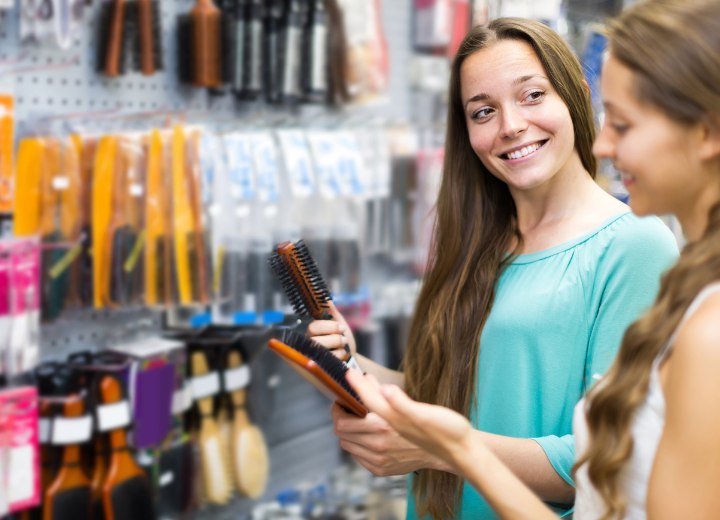
Finally, the size of the brush being used is important to the function it is meant to serve. The width and size of the brush needed is usually pretty easy to gauge. The longer the hair you’re working with, the larger the brush should be. In most cases, if there’s an error in the size of brush being used, it’s typically because the brush is too large for the hair. Here are a few specifics to watch out for:
As we mentioned, round brushes are intended to put curl or bend into the hair as part of the styling. The smaller the barrel of the brush, the tighter the bend or curl will be. If you’re working with shorter hair, the barrel of the brush should be small enough that the hair will wind around it completely at least one full circuit. If the brush’s barrel is too large, the fact that it is a round brush becomes irrelevant.
If you’re working with straight hair and are using a flat brush, you typically want a larger brush for longer hair. The size of the brush should be sufficient to give the hair even tension across a large area. When the brush is too small, smoothing the hair becomes more difficult to achieve since the goal is to encourage the hairs to align themselves with their neighboring hairs. Smaller brushes mean more passes through the hair, which can generate more static charge and be counter-productive to producing smooth hair.
©Hairfinder.com
See also: Combing and brushing basics
